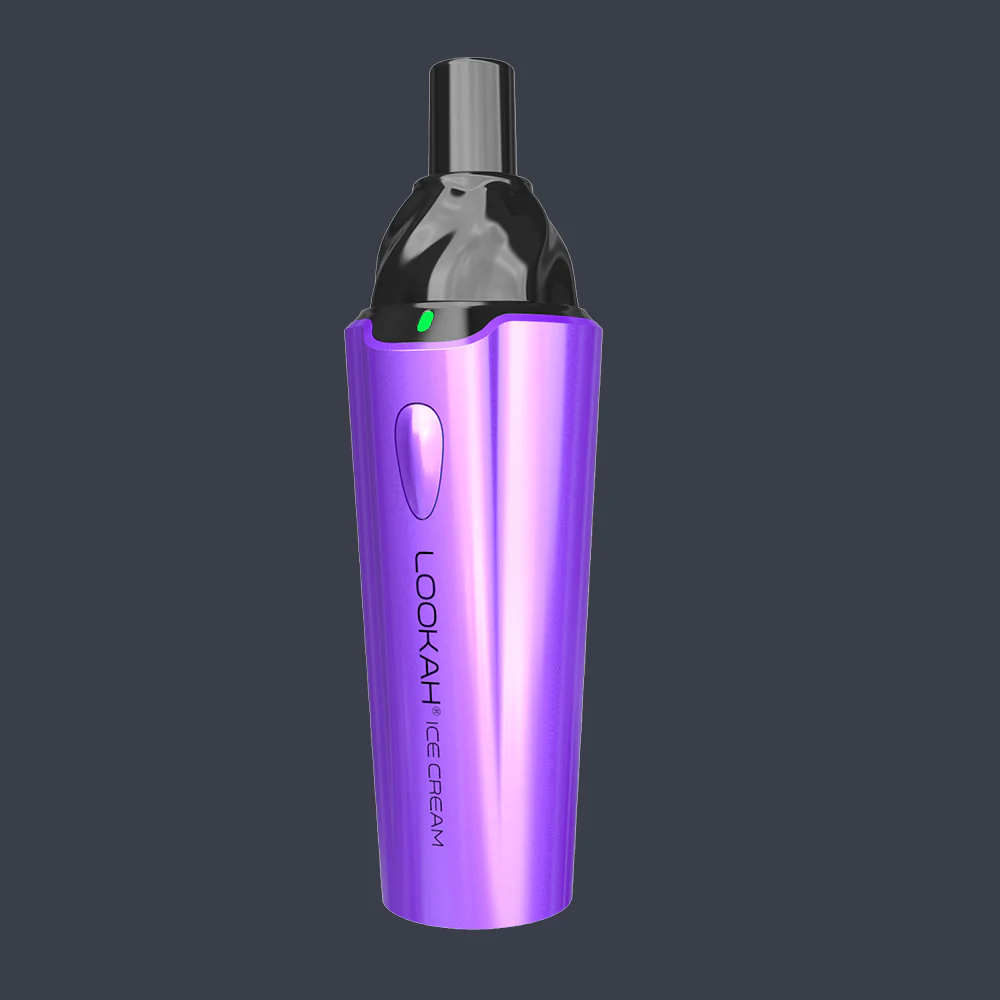Understanding the Amazon Wholesale Model
What Is Amazon Wholesale?
Amazon wholesale is a business model that involves purchasing products in bulk from manufacturers or distributors at a lower price, then selling them on Amazon at a higher price. This approach allows sellers to profit from the price difference while leveraging Amazon’s vast customer base and established infrastructure. Unlike traditional retail models, where retail prices are typically marked up significantly, the wholesale model enables sellers to offer competitive pricing, appealing to both budget-conscious customers and quality seekers.
Benefits of Amazon Wholesale for Businesses
One of the primary advantages of amazon wholesale is the potential for significant profit margins. Sellers procure products at wholesale prices and resell them at retail prices, providing a straightforward profit path. Additionally, the wholesale model generally entails lower overhead costs compared to traditional retail setups, as sellers can avoid the need for physical storefronts and can operate entirely online.
Furthermore, Amazon’s integrated logistics and customer service help streamline operations. With Fulfillment by Amazon (FBA), for instance, sellers can have their inventory stored and shipped directly from Amazon’s warehouses, allowing them to focus on sourcing products and boosting sales. This logistical support enhances efficiency, reduces shipping times, and contributes to higher customer satisfaction.
Another notable benefit is scalability. Wholesale businesses on Amazon can quickly adjust inventory and expand product offerings without the constraints faced by brick-and-mortar stores that may be limited by physical space. By capitalizing on trending products and seasonal demands, sellers can grow their businesses at a rapid pace.
Common Misconceptions About Amazon Wholesale
Despite its growing popularity, several misconceptions about the Amazon wholesale model persist. One common myth is that wholesale selling is only for big businesses with substantial capital. In reality, many small and medium-sized businesses can successfully engage in wholesale, especially with the availability of various financing options and low entry costs.
Another prevalent misconception is that Amazon wholesale is a “get rich quick” scheme. While there are opportunities to make significant profits, establishing a successful Amazon wholesale business requires hard work, market research, and strategic decision-making. Sellers must actively engage in sourcing quality products, managing inventory, and marketing their listings.
Additionally, some entrepreneurs believe that the wholesale model limits creativity. However, successful wholesale sellers often find innovative approaches to product bundling, unique promotional strategies, and niche targeting that differentiate their offerings from competitors.
Finding Reliable Suppliers for Amazon Wholesale
Key Traits of Quality Wholesale Suppliers
Identifying reliable suppliers is critical for success in amazon wholesale. Some key traits to look for include quality product offerings, competitive pricing, and excellent communication. Suppliers should have a robust track record of fulfilling orders accurately and efficiently while adhering to timelines and maintaining inventory levels.
Another essential aspect is the supplier’s reputation in the market. Reviewing testimonials, ratings, and performance history can provide insights into their reliability. Additionally, it’s crucial to assess their return policies and customer service responsiveness, as these factors will impact your business operations and customer satisfaction.
Furthermore, transparency regarding product sourcing, manufacturing practices, and certifications (if applicable) is vital. Quality suppliers should be willing to provide detailed information about their products, ensuring that you can maintain compliance with industry standards and regulations while maximizing consumer trust in your brand.
Online Resources for Sourcing Products
Utilizing online platforms can significantly streamline the supplier sourcing process. Popular resources include dedicated wholesale marketplaces that connect sellers with suppliers offering a wide array of products. Websites that facilitate B2B connections can be invaluable in uncovering manufacturers and distributors that might not be visible through a standard web search. Consider platforms like global trade sites or sourcing directories that specifically cater to wholesalers.
Additionally, attending virtual or in-person trade shows can provide opportunities to meet suppliers directly, explore new products, and network with industry peers. Engaging in industry forums and social media groups focused on wholesale and e-commerce can also yield useful connections and insights.
Lastly, many sellers find success through direct outreach to manufacturers. Establishing personal relationships can enhance negotiation capabilities, potentially leading to exclusive agreements or better terms.
How to Build Strong Supplier Relationships
Building strong relationships with suppliers is key to achieving long-term success in amazon wholesale. Effective communication is foundational—clear and consistent exchanges regarding expectations, capabilities, and feedback can prevent misunderstandings and foster collaboration.
Regularly reviewing performance metrics and discussing challenges and successes can create a collaborative environment where both parties feel invested in the relationship. It may also be beneficial to offer constructive feedback on product performance to suppliers, as this signals your commitment to enhancing mutual success.
Creating partnership opportunities, such as exclusive product launches or promotional collaborations, can further solidify supplier relationships. Remember, suppliers are more likely to prioritize and support clients who demonstrate loyalty and business growth potential.
Effective Strategies for Selling on Amazon
How to Price Products Competitively
Pricing strategy is a crucial component when selling through the amazon wholesale model. Sellers must conduct thorough market research to establish competitive prices that attract customers while ensuring profitability. Various tools and software can help analyze competitors’ pricing structures and adjust yours accordingly.
It’s essential to also consider Amazon fees, including referral fees and fulfillment costs, when calculating pricing. Depending on your margins, you may decide to adopt a penetration pricing strategy to attract initial customers, then gradually increase prices as your brand gains recognition and trust.
Implementing psychological pricing techniques, such as pricing a product at $19.99 instead of $20, can also encourage purchases. Monitoring sales data and adjusting pricing based on demand, seasonality, and competitors’ behaviors can further enhance pricing effectiveness.
Marketing Tactics for Amazon Wholesale Listings
Effective marketing tactics can drive traffic and conversions for your Amazon wholesale listings. First, optimizing product listings is imperative. Focus on creating compelling product titles, comprehensive bullet points, and engaging descriptions that highlight key features and benefits, ensuring to include relevant keywords for better discoverability.
High-quality images are essential as they capture customer attention and influence purchase decisions. A/B testing different images and product titles can provide insights into what resonates best with your target audience.
Leveraging Amazon Advertising can amplify visibility. Sponsored Products and Sponsored Brands can place your listings in front of the right customers, increasing sales potential. Running promotions, such as limited-time discounts or buy-one-get-one offers, can also enhance product visibility and encourage sales.
Using Data Analytics to Optimize Sales
Data analytics plays a pivotal role in optimizing sales on Amazon. Sellers should consistently monitor key metrics, such as conversion rates, bounce rates, and customer demographics, to gain insights into their customer base and overall performance. Utilizing Amazon’s analytics tools allows for tracking these vital statistics efficiently.
Sales trends can inform inventory and marketing strategies, enabling businesses to adapt to consumer demands and changing market conditions dynamically. Additionally, segmentation analytics can help tailor marketing efforts to various customer personas, enhancing targeting accuracy and engagement.
Employing feedback loops from customer reviews can also guide product development and improvements. Collecting and acting upon this information demonstrates a commitment to customer satisfaction, promoting brand loyalty and repeat purchases.
Overcoming Challenges in Amazon Wholesale
Inventory Management Strategies
Proper inventory management is a cornerstone of success in amazon wholesale. Sellers must balance having enough stock to meet demand without overspending on excess inventory. Tools such as inventory management software allow for real-time tracking of stock levels, helping to prevent stockouts and overstock situations.
Implementing just-in-time inventory practices can also reduce carrying costs while ensuring that customer demand is met efficiently. Additionally, forecasting demand using historical data and seasonality trends can inform timely restocking, ensuring that inventory aligns with customer purchasing patterns.
Regular audits of inventory can reveal discrepancies, helping to maintain accuracy and identify potential issues early on.
Dealing with Competition on Amazon
The level of competition on Amazon can be intense. However, identifying and understanding your competitive landscape can provide valuable insights for positioning your products effectively. Conducting competitive analysis helps in recognizing competitors’ strengths and weaknesses, informing your pricing, marketing, and product development strategies.
Differentiating your product offerings is critical. This could involve bundling products, offering exclusive items, or adding unique features that improve usability. Creating a robust brand identity can also help elevate your standing in a saturated marketplace; leveraging customer loyalty and brand recognition aids in capturing market share.
Engaging with customers through quality service and relationship-building, along with fostering a community around your brand, can differentiate your business from competitors and promote long-term success.
Compliance and Regulations to Be Aware Of
Staying compliant with Amazon’s policies and relevant regulations is essential for maintaining a viable wholesale business. This includes understanding product listing guidelines, fulfillment policies, and advertising regulations. Violation of these policies can result in account suspension or termination.
Additionally, depending on the types of products being sold, sellers may have to adhere to local, state, or federal regulations. This may involve product safety standards, labeling regulations, or tax requirements. Regularly reviewing compliance obligations and keeping up with any changes in regulations is vital for mitigating potential risks.
Measuring Success in Your Amazon Wholesale Business
Key Performance Indicators (KPIs) for Tracking
Tracking key performance indicators (KPIs) is crucial for assessing the success of your amazon wholesale business. Some essential KPIs include sales volume, gross margin, return on investment (ROI), and customer acquisition cost (CAC). Monitoring these metrics over time can provide valuable insights into business performance and inform strategic decisions.
Customer metrics such as order fulfillment rates, customer satisfaction scores, and return rates can help assess how well the business is meeting customer needs. Using data visualizations and dashboards can help simplify this tracking process, ensuring clarity when interpreting complex data.
Customer Feedback and Its Impact
Customer feedback is an invaluable resource for shaping your Amazon wholesale strategy. Positive reviews can significantly enhance product visibility, while negative feedback offers lessons for improvement. Actively soliciting customer feedback can help address issues before they escalate, turning potential detractors into satisfied customers.
Encouraging customers to leave reviews through follow-up emails after purchase can generate valuable insights and build credibility. This customer interaction reflects an ongoing commitment to service, driving confidence in your brand.
Adapting to Industry Trends and Changes
Business owners in the Amazon wholesale space must remain vigilant about industry trends and market changes. This includes monitoring emerging consumer preferences, technological advancements, and shifts in market dynamics. Staying informed can help you pivot and adapt, optimizing your product offerings and marketing strategies to align with current demands.
Building flexibility into your operations, such as diversifying product lines or exploring new marketing channels, can position your business to respond effectively to changing conditions. Regular industry analysis and participation in relevant professional networks can aid in staying ahead of trends that affect your wholesale operations.













Leave a Reply